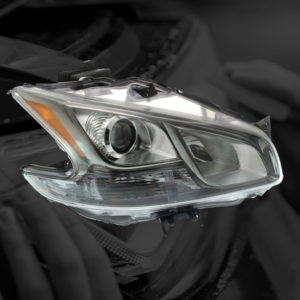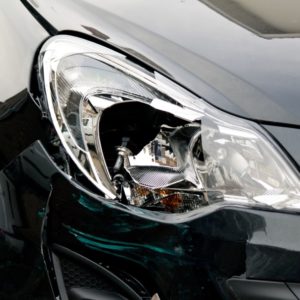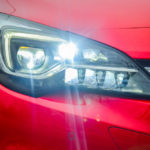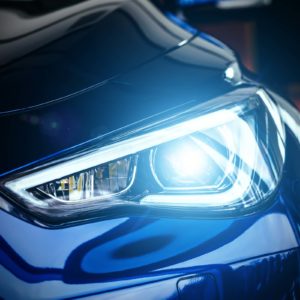If you’re driving at night, you need functioning headlights. Their importance when it comes to your safety can’t be understated since they allow you to see any obstacles in your way and keep your vehicle visible to other drivers. However, one day you might be driving at night and wonder “why are my headlights so dim?” We’ll discuss the possible reasons why your low-beam headlights are very dim in this article.
Bulb Reaching End of Lifespan
Just like a regular household light bulb, vehicle headlight bulbs also have limited lifespans. One reason your headlights could become dim is because they’re reaching the end of their lifespan. It’s a good thing resolving this problem simply means replacing your headlight bulbs.
Note, however, that some bulbs, when they reach the end of their lifespan, either get brighter right before they fail or fail without warning.
Different headlight bulb types have different lifespans. Halogen bulbs have an average lifespan of around 1,000 hours, while HID bulbs have a lifespan of around 2,000 to 8,000 hours. LED bulbs last the longest, lasting up to 15,000 hours.
In fact, most headlight bulbs will last the life of the vehicle. However, a poorly built headlight bulb is very likely to fail within a month.
Most headlight bulbs will last the life of the vehicle. However, a poorly built headlight bulb is very likely to fail within a month.
–Richard McCuistian, ASE Certified Master Automobile Technician
Halogen bulbs can be more prone to becoming dim because they use a tungsten filament inside the bulb that gradually gets smaller over time. In theory, halogen bulbs are supposed to recycle the tungsten particles and retain their brightness. However, this isn’t always the case because halogen bulbs are susceptible to oils and debris accumulating on the bulb’s surface. Keep that in mind while replacing the bulb.
HID or LED bulbs dim very slowly compared to halogen bulbs, so they can be a good upgrade if you don’t mind the increased cost.

Faulty Wiring
The headlight has an array of components such as wiring harnesses and fuses that supply it with power. These electrical components can degrade over time and cause your headlights to dim, flicker, or stop working entirely.
If only one headlight is dim, the ground or positive feed may have some resistance preventing sufficient voltage from reaching the headlight bulb, or the headlight bulb connector may have oxidized terminals.
Replacement headlight bulb terminals are widely available, but if you don’t do good wire splices while replacing them, you may cause yourself additional problems. Solder and heat shrink is the best way, but there are some good butt connectors that come with sealing shrink tubing to protect the wire connection.

Faulty Alternator
When your engine is running, the alternator powers the headlights. However, when the engine is shut off, the headlights are powered by your battery. If your headlights are dim or flickering while driving, it could be due to a defective alternator that isn’t providing enough power. This symptom can appear more prominently when you’re idling at low RPM but not when you’re on the throttle.
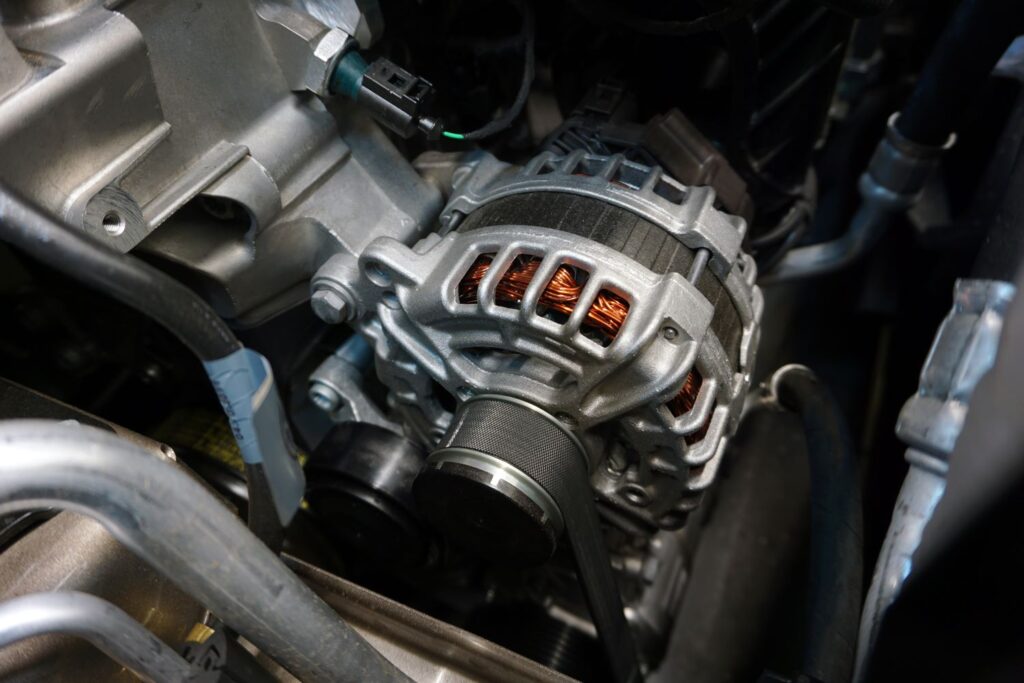
Foggy Headlights
Sometimes the headlight bulb isn’t to blame, but the headlight assembly that protects the bulb. These parts are often made using acrylic, a material that’s known to become foggy, cloudy, or yellowish.
While most people believe this foggy state of the headlight is due to heat from sunlight, it’s actually due to the heat of the headlight bulb. Vehicles that are seldom or never driven at night yet sit in the sun all day may have lights that look brand new for twenty years.
The chemical reaction due to the heat of the bulb turns the transparent acrylic translucent, reducing the amount of light that can pass through. If you drive in areas where there is a lot of airborne sand, you may have sand-pitted headlights that are similarly damaged by particles of sand as well as headlamp heat.
Misaligned Headlights
Sometimes, the power and intensity of the headlights aren’t the problem, but their alignment. When your headlights aren’t properly aligned, the parts of the road that should be illuminated can appear dim.
While dim headlights aren’t a critical issue, they shouldn’t be ignored. The next time you say “my headlights are dim,” you should evaluate your visibility and determine if you can still drive safely. Dim headlights can prevent you from seeing objects that are further out, which can lessen the amount of time that you have to be able to react. The consequences of not seeing an obstacle or person on the road could be dire. If you’re not confident in your ability to see at night because of dim headlights, you should get them fixed as soon as possible.
Any information provided on this Website is for informational purposes only and is not intended to replace consultation with a professional mechanic. The accuracy and timeliness of the information may change from the time of publication.



